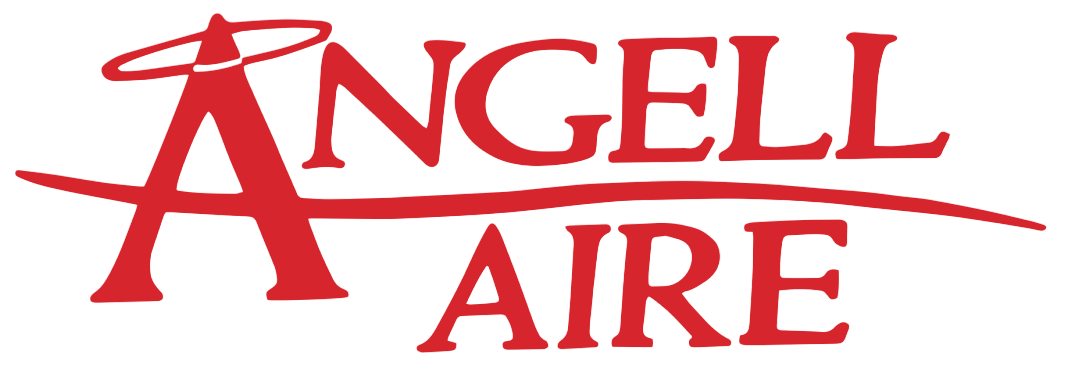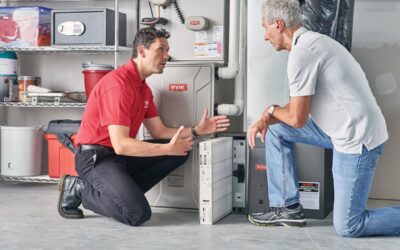Caulk and Eliminate Drafts
Over the years, standard caulking begins to deteriorate, becoming weaker. As it does so, the caulking pulls away, allowing drafts. Make it a habit to check your home’s caulking around windows, doors, and pipes, and replace it when needed. You should also check weather-stripping and replace it whenever it begins to pull away from proper placement.
Get Your Ducts Inspected and Sealed
If the ducts in your home are loose or improperly sealed, your home may be losing some of the air heated or cooled by your HVAC system. To prevent this problem, have your ducts inspected and repaired at least once every five to ten years, depending on their age.
Install a Low-Flow Shower Head
Today’s low-flow shower heads are much different than the earliest versions. Although they are designed to reduce your overall flow of water while showering, today’s low-flow shower heads produce enough water to deliver a refreshing shower.
Replace Incandescent Bulbs with LED Bulbs
The type of bulb you use determines how much money you spend annually to light your home. Incandescent bulbs typically last about 1,000 hours, while LED bulbs can last as long as 50,000 hours. Although you are going to spend more money on LED bulbs than incandescent ones, the financial savings more than make up the difference.
New Windows
Replacing old windows with new ones can save lots of money on your utility bills. While it does take several years to recoup the cost of buying the windows, the savings you receive will continue for decades.
Attic Insulation
Heat rises to the uppermost floor in a home, which is typically the attic. Poor insulation allows heat to leak outside of the home. Properly insulating the attic prevents heated air from escaping, allowing you to save on the cost to warm your home. The overall cost of insulating a home depends on the type of insulation, the quantity needed, and whether or not you complete the installation yourself.
Saving money on the cost to heat and cool your home can be accomplished in several ways. It’s up to you to select the home improvements that you think will the biggest impact on your utility bills. The more options you incorporate into your home, the greater your energy savings will be.




